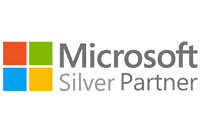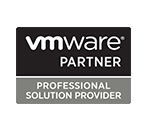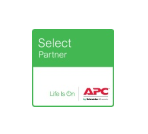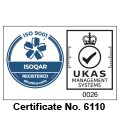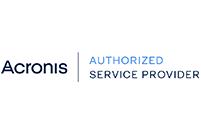You may not know the difference between IoT or SQL, but today you’ll finally see the light at the end of the tunnel. We’ve put together this guide to help you make sense of the buzziest of buzzwords and the techiest of tech phrases.
Server terms
Being Evaris, we’d be flouting our duties by failing to inform you about the different kinds of server available.
Server
A server can be a computer program or a device that provides functionality for other programs or devices. An example of this would be the Internet. In very basic terms, a web server is a computer program (stored on a server) that sends you web pages as and when you request them.
Tower server
Your bog-standard server. They’re usually the first type of server that someone buys. They’re more affordable than their expensive, and more complicated counterparts. Towers can easily be moved around, don’t require specialist equipment to set up and can be placed in a variety of areas. They’re popular with startups, hardware enthusiasts and remote workers.
Rack server
These are probably the servers you’ve seen in pictures. Rows and rows of machines, hooked up to power supplies, with lots of blinking lights! Rack servers are amongst the best solutions in terms of space. They’re designed to be mounted in a rack cabinet, saving on precious floor space.
Blade server
Blade servers are stripped back versions of tower and rack servers. They contain very little hardware and are housed in a centralised enclosure that manages power, cooling and connection to the Internet. It’s because of these points, that blade servers are very popular with web hosting companies.
Data Centre
It’s a facility used to house multiple computer systems and associated bits of hardware. Data centres are usually comprised of thousands of servers, all housed, cooled, powered, and monitored under one building. Data centres are power intensive operations, with some of the larger data centres requiring the same amount of power as a small town. Some of the biggest companies boast enormous data centres all over the world, including Amazon and Microsoft.
Cloud terms
The cloud is a rapidly expanding area, with cloud technology increasing in prominence in the last decade or so. Some of the biggest companies in the world are 100% based in the cloud - and without the cloud their business wouldn’t exist.
The cloud
The cloud is everywhere. And you can access it at anytime on a huge variety of devices. Confused yet? The cloud refers to software and services that run on the Internet. So, instead of programs running on your computer, tablet or mobile, all the hard work is done by servers in data centres all over the world. The results are simply beamed over the internet to whatever device you’re using.
Most of your favourite things you use day to day are cloud technologies - Netflix, Dropbox, Google Drive, Apple iCloud and many more.
SaaS
It stands for Software as a Service, SaaS is one of the biggest areas in cloud technology today. In the past, software would generally be purchased outright under a licence and installed onto a device of your choosing. Instead, with SaaS, you pay for access to your chosen software and then access it immediately over the Internet. Lots of things you use today are SaaS based products: Office 365, Google Apps, Salesforce and GoToMeeting.
PaaS
Platform as a Service (PaaS) is a cloud computing model that delivers applications over the web. PaaS is slightly different to SaaS in the sense that PaaS delivers the tools developers need to create programmes and applications. It’s a useful part of the cloud computing stack, because obtaining hardware and software to develop software and applications can be very costly.
Get in touch
At Evaris, we pride ourselves on giving your business the tools it needs to transform through technology. Contact us today by calling 0330 124 1245, or email [email protected].

